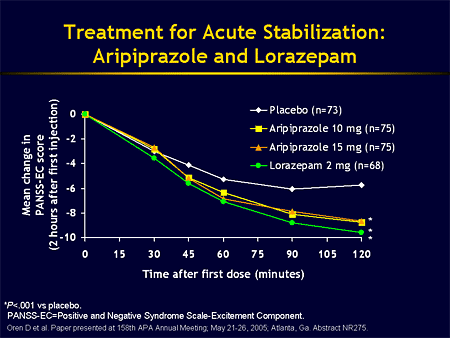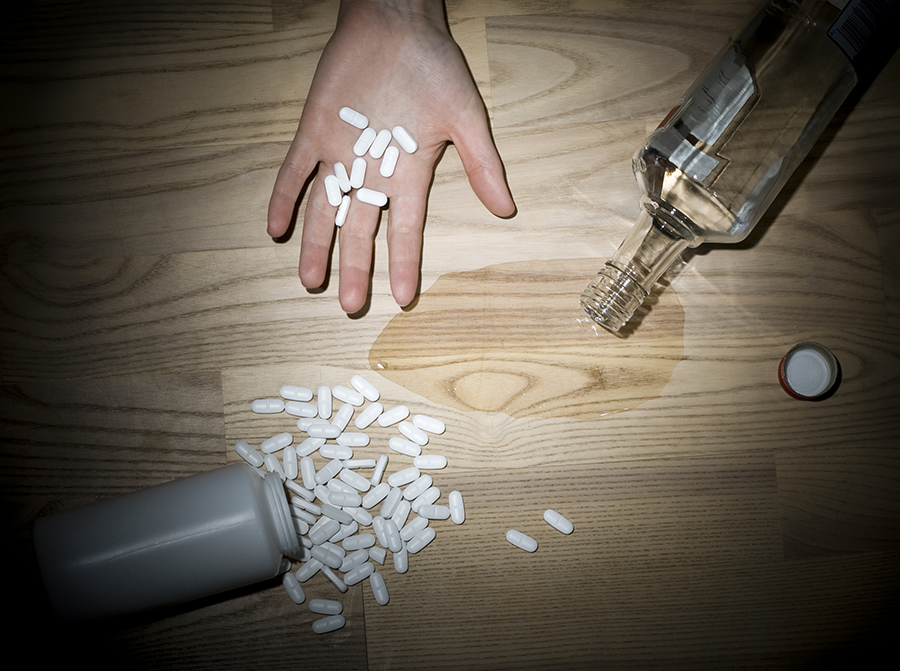
It may be possible to find a substitute which does not cause dystonia.Īntiemetics are usually avoided in children and need not be given for short-term problems such as gastroenteritis. Patients should avoid exposure to the precipitating drug, but they are also at higher than average risk if exposed to another drug which causes dystonic reactions. The best predictor of an acute dystonic reaction is a previous history of having had one. Fortunately benztropine, diphenhydramine and promethazine all have antiemetic effects so the causative agent can be safely discontinued. In general practice, most reactions will have been caused by antiemetics. Benztropine comes in a 2 mg tablet, so the dose needs to be approximated to the nearest 0.5 mg, or quarter tablet.Īfter initial treatment, patients should be given oral medication for two or three days, usually benztropine 1-2 mg twice daily. The same dose should be given orally, twice daily for the next 24-48 hours to prevent recurrence. This can be repeated once, but if the intramuscular route is chosen, allow 30 minutes to elapse before repeating. There are rare case reports of dystonia caused by all of these treatments, including diazepam.Ĭhildren should be given parenteral benztropine, 0.02 mg/kg to a maximum of 1 mg, either intramuscularly or intravenously. Unlike the other antidotes, it cannot be given intramuscularly. It may be a useful alternative for the uncommon patient who has both dystonia and significant anticholinergic symptoms from antipsychotic drugs.ĭiazepam, 5-10 mg intravenously, has been used for the rare patient who does not completely respond to the more specific antidotes. Promethazine, 25-50 mg intravenously or intramuscularly, has been used less frequently but it works and it is readily available in most emergency departments and doctors' bags. Popular American texts 2, 3 recommend diphenhydramine 1-2 mg/kg up to 100 mg by slow intravenous injection, and the current Oxford Handbook of Clinical Medicine 4 suggests procyclidine, but neither of these drugs is available in Australia as a parenteral preparation. If there is no response the dose can be repeated after 10 minutes, but if that does not work then the diagnosis is probably wrong. Most patients respond within 5 minutes and are symptom-free by 15 minutes.

Trunk muscles and less commonly limbs can be affectedĭystonia responds promptly to the anticholinergic benztropine 1-2 mg by slow intravenous injection. May be accompanied by trismus, risus sardonicus, dysarthria and grimacing The tongue does not swell, but it protrudes and feels swollen When severe the back is involved and the patient arches off the bed. Spasm of the extraorbital muscles, causing upwards and outwards deviation of the eyes Manifestations of acute dystonia Oculogyric crisis If there is any doubt, it is reasonable to treat as an acute dystonic reaction in the first instance, and investigate further if there is no response. primary neurological causes such as Wilson's disease.hyperventilation (carpopedal spasm is usually more prominent than it is in acute dystonic reactions).Upper airway obstruction from pharyngeal muscle spasm or laryngospasm is a rare but potentially life-threatening complication. increasingly 'strange behaviour' caused by the overdose of trifluoperazine for which a young man had been admitted two days previously.a 'hyperventilation' who was exhibiting a classic oculogyric reaction.an 'allergy with swollen tongue' which was a dystonic reaction to metoclopramide.a 'dislocated jaw' from prochlorperazine given for labyrinthitis.The diagnosis is not always obvious, and in one particularly challenging fortnight last year I saw four patients who were initially misdiagnosed as: Patients and carers find these reactions alarming.

The manifestations of acute dystonia can appear alone, or in any combination (Table 1). Younger men are at higher risk of acute extra pyramidal symptoms.Īlthough there are case reports of oculogyric crises from other classes of drugs, including H 2 antagonists, erythromycin and antihistamines, the majority of patients will have received an antiemetic or an antipsychotic drug. 1 Up to 33% of acutely psychotic patients will have some sort of drug-induced movement disorder within the first few days of treatment with a typical antipsychotic drug. They occur in 0.5% to 1% of patients given metoclopramide or prochlorperazine. Drug-induced acute dystonic reactions are a common presentation to the emergency department.


 0 kommentar(er)
0 kommentar(er)
